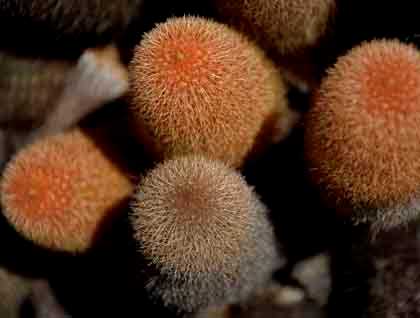The first light of day found us navigating between Isabela and Fernandina Islands at Bolivar’s Channel in the western area of the Galapagos Islands; this spot is so rich in nutrients, its waters are fully of microscopic organisms called plankton, or nekton, so sightings of big whales here are very common. We went to explore Punta Espinoza on Fernandina, considered one of the most pristine places on earth, as well as its volcano known as ‘la cumbre’, one of the most active volcanoes in the world, the last eruption being only 6 years ago. At 8:30 am, we landed on the black lava flows called pahoehoe, a type of smooth lava rock that is easy to walk upon. Fernandina is the youngest island in Galapagos, it has a spectacular landscape with a very large dome-shaped volcano covered in black lava flows and relatively small forests of mangrove that dot the coastal area, adding some color against the harsh lava.
Our main goal this morning was to find Galapagos marine iguanas in their natural habitat; this island has the largest population of marine iguanas and we certainly found several of these reptiles basking under the sun, while others were slowly making their way to the water, to feed on algae. The other unusual animal we looked for was the Galapagos flightless cormorant; this is a rather large bird with very short wings is also a great diver that feeds on fish, octopus and eels. We found some cormorant couples nesting, and one of them changed guard right in front of us, briefly revealing their small chick.
After this walk, we returned to the ship to rest and have lunch while we navigated to the northern region of Isabela Island. This afternoon we went snorkeling, which was amazing—the water was very clear and warm, and we had the opportunity to swim with sea turtles, marine iguanas, penguins, cormorants and more. Some of our guest saw stingrays, and even a Galapagos shark. It was a great experience! Afterwards, we offered a Zodiac ride along the coast of Punta Vicente Roca, where we saw blue-footed boobies, Nazca boobies, Galapagos fur seals, marine iguanas, Galapagos penguins, and brown noddies terns. Later on at sunset, we celebrated the crossing of the Equator line on board our ship, testing some wine and enjoying the brilliant colors of the horizon. What a great finale!







